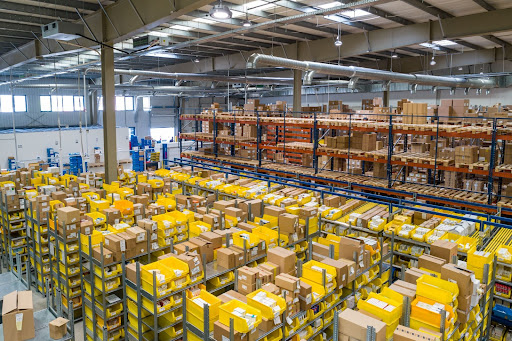
Back
Array
(
[156] => Array
(
[ID] => 156
[title] => About us
[url] => https://www.aceturtle.com/about-us/
[active] =>
[children] => Array
(
[1793] => Array
(
[ID] => 1793
[title] => Leadership
[url] => https://www.aceturtle.com/leadership/
[parent] => 156
)
[2597] => Array
(
[ID] => 2597
[title] => Operating Model
[url] => https://www.aceturtle.com/operating-model/
[parent] => 156
)
)
)
[33] => Array
(
[ID] => 33
[title] => Brands
[url] => https://www.aceturtle.com/brands/
[active] =>
[children] => Array
(
[2560] => Array
(
[ID] => 2560
[title] => Lee
[url] => https://www.aceturtle.com/brand/lee/
[parent] => 33
)
[2561] => Array
(
[ID] => 2561
[title] => Wrangler
[url] => https://www.aceturtle.com/brand/wrangler/
[parent] => 33
)
[2562] => Array
(
[ID] => 2562
[title] => Toys“R” Us
[url] => https://www.aceturtle.com/brand/toysrus/
[parent] => 33
)
[2563] => Array
(
[ID] => 2563
[title] => Babies“R” Us
[url] => https://www.aceturtle.com/brand/babbiesrus/
[parent] => 33
)
[4032] => Array
(
[ID] => 4032
[title] => Dockers®
[url] => https://www.aceturtle.com/brand/dockers/
[parent] => 33
)
)
)
[1830] => Array
(
[ID] => 1830
[title] => Technology
[url] => https://www.aceturtle.com/rubicon-connect-app-albus/
[active] =>
[children] => Array
(
)
)
[1832] => Array
(
[ID] => 1832
[title] => Careers
[url] => https://www.aceturtle.com/careers/
[active] =>
[children] => Array
(
)
)
[1831] => Array
(
[ID] => 1831
[title] => News
[url] => https://www.aceturtle.com/news/
[active] =>
[children] => Array
(
[2564] => Array
(
[ID] => 2564
[title] => Press Release
[url] => https://www.aceturtle.com/press/
[parent] => 1831
)
)
)
[1512] => Array
(
[ID] => 1512
[title] => Contact Us
[url] => https://www.aceturtle.com/contact-us/
[active] =>
[children] => Array
(
)
)
)




